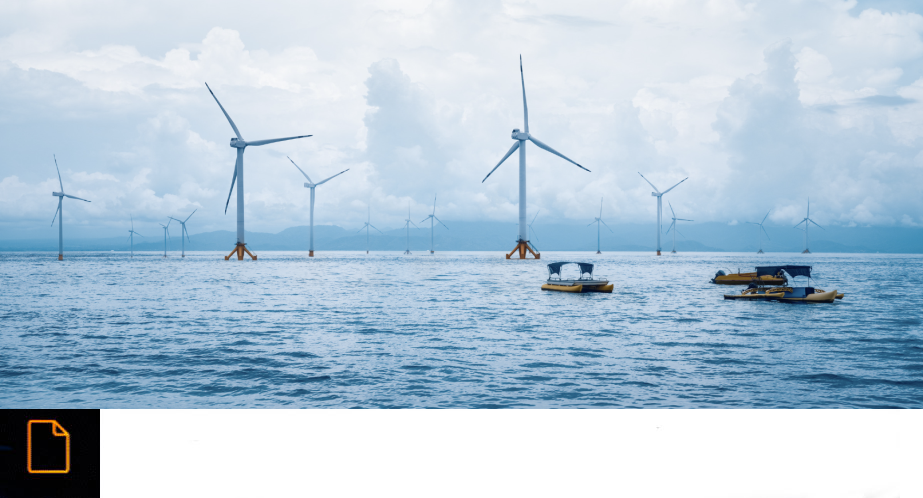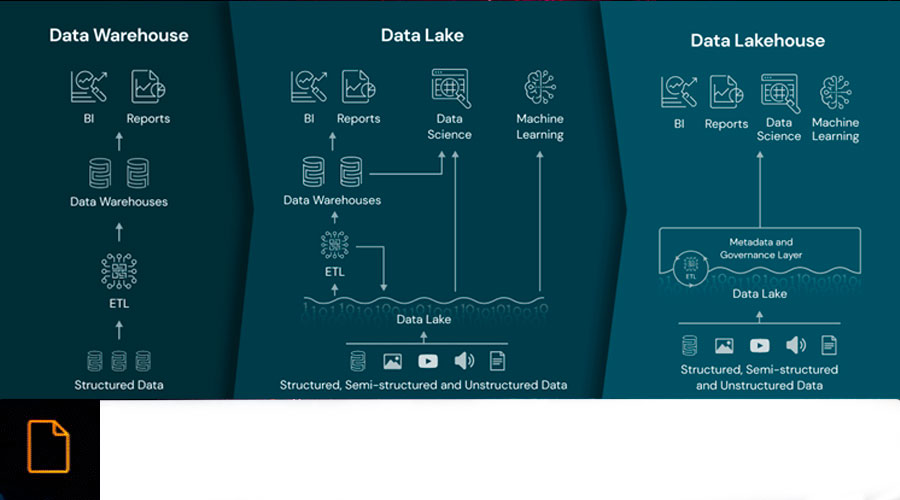EAAS: AN OPPORTUNITY FOR MACHINERY MANUFACTURERS
Written by Antonio Ramírez
08 February 2022 | EaaS | Article
EaaS (Equipment as a Service) enables manufacturers to meet the challenge of providing technologically advanced equipment that is flexible and cost efficient, allowing them to reduce investment and improve asset maintenance so that their customers' competitiveness, performance and efficiency increase and enable them to grow in their market.
EaaS emerged as a way for equipment manufacturers to address three major issues. Staying competitive, withstanding ongoing cost pressures, and managing the supply chain and the volatility of their market.
EaaS allows you to alleviate these three problems by offering a new asset management model that helps you link costs and productivity to asset usage. This is a groundbreaking offer, which is highly attractive to your customers.
Logically, the fact of introducing EaaS in the market allows customers not to buy the equipment, but to subscribe to the service provided by the equipment, which is measured or billed on a cost per use basis. This means that manufacturers who were previously only responsible for providing the best possible product now have to provide the product, its maintenance, other services and even the replacement of the asset if necessary or for its useful life.
While it is true that EaaS is a competitive advantage for a manufacturer, it is equally so for the end customer, since the TCO of the equipment is reduced by at least 25% over its useful life. However, it is not only this reduction in cost and expense, but also the fact that they are clearly scalable solutions, both for the end customer and for the manufacturer. An added benefit is the fact that this EaaS model forces the manufacturer to constantly R&D&I, which allows him to have the best technology and the customer to incorporate it, without the high costs of acquisition.
Advantages of EaaS for an equipment manufacturer
EaaS is an absolutely growing market, as evidenced by the fact that in 2019 it had a turnover of $21.6 billion and is expected to reach $131.2 billion in 2025. An annual growth of 35%. A real candy for all manufacturers.
AuN so, there is much room for improvement as the adoption rate of EaaS by manufacturers is 1.5% of their equipment, in 2019, and is expected to reach 6.7% in 2025.
The benefits of EaaS for manufacturers are several:
- New customers are acquired
- Improve your margins
- Retain existing customers
- Reduce environmental impact
However, your customers also benefit from:
- Reduce CAPEX
- Reduce TCO. At least 25%.
- Increasing flexibility
- Link expenses to production to improve cash flow.
What does an EaaS offer include?
To create an EaaS offer, 3 types of profiles or companies are needed to build this service. The first is the manufacturer itself, which must be able to convert its products into connected products, which implies the development of new products or modifications to current ones. The second is that an IoT technology company is needed that has the experience and knowledge in IoT sensor technology applicable to the specific type of equipment and also provides an industrial AIoT platform capable of being parameterized in a way that allows the manufacturer to control the entire EaaS and on the other hand allows the end customer to have all kinds of control tools (from reports to control panels, through Digital Twins). For this type of companies it is very important that they have a lot of experience in predictive maintenance and AI, since this way they can maximize the performance of their equipment for the manufacturer, helping to control and increase profitability, and for the end customer it helps to have more efficient and functional production processes. A clear example of this type of company is #MonoM and the entire Alava Group, to which it belongs, which has been dedicated to the world of sensors and IoT for more than 50 years, and with the incorporation of MonoM they have the best industrial AIoT platform solution on the market, unifying IoT, platform and predictive maintenance in one.
The third type of company is a financial company, which is capable of unifying its financial services with the technological services offered by the two previous ones.
A great advantage of EaaS for manufacturers is the capture of revenue from services that are now being provided by third parties, and that they have never had or lost at the time. Since they are the ones who will now provide these services, they will be able to achieve a very significant increase in their total revenue.
There is an alternative to EaaS such as guaranteed performance/performance contracts, where the customer pays the manufacturer based on the performance/performance of the asset. The big difference of this service model, with respect to EaaS, is that it does not transfer CAPEX to OPEX, although it is true that in this way it avoids some complicated accounting issues associated with EaaS.
What are the challenges of EaaS?
We know that EaaS has some challenges that manufacturers must be able to address. The first is pricing, where it is necessary to define the values or KPIs to be measured. Pay-per-use EaaS implies that the variables to be billed for must be defined. These variables must be easy to measure and report. In addition to the price, there is the risk associated with the EaaS business model and designing flexible payment options.
The second is the transition from a traditional business model to the EaaS model, where the manufacturer has to redefine its relationship with the distributors of its product and the initial drop in revenue and higher initial costs associated with the service mode.
The third is to find flexible sources of purchase financing, since traditional sources of financing may not be the most optimal for the EaaS model.
It is clear that the EaaS business model is a reality that can only grow, not only because it is already something that has happened in other markets (printing, rotating mining equipment, steam equipment, ... ) but because 67% of equipment manufacturers are planning or offering EaaS, and 67% of customers prefer leasing or EaaS as a purchase model.
What services should an EaaS include?
There is a lot to be said on this, as it depends on the type of equipment and market, but perhaps we could encompass it in the following:
- Maintenance and Alerts. These are services that allow predictive maintenance of the asset, thus guaranteeing its life and usability, and also an alert system that helps to detect unscheduled incidents and/or trigger scheduled maintenance.
- Use and Monitoring. The control of the use and performance of an asset is essential for the end customer, so this type of service has to be able to help the management of the asset fleet to both the manufacturer and the end user. Performance, consumption and other monitoring reports are essential, for which dashboards are essential. Knowing the revenue per asset is another service to consider in this category. To this list of services, many more can be added, depending on the KPIs that the industry and/or customer needs or that the manufacturer wants to control to analyze its profitability and performance.
- Contracts, Consumables, Warranties and Billing. Another group of services that an EaaS must include is the one that allows the end customer to have all the necessary information and contact capacity with its supplier/manufacturer for the correct operation of the equipment. This implies that the same platform allows the end customer to have all the contracts of their assets, their periodic invoicing, warranties and even a consumables request system, if their equipment needs it, as well as a consumption reporting system, if the asset needs it. This makes management much easier for the customer and provides all the necessary information for its management and facilitates a channel of communication and control of information for the manufacturer, providing more information, transparency and agility to the customer.
Have a happy and prosperous day.
Antonio Ramirez
CMO Alava Group











